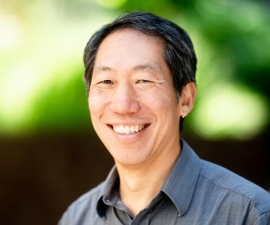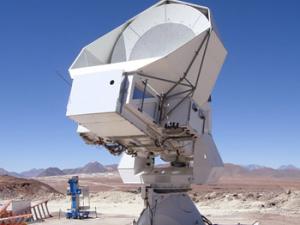

Research Bio
Adrian Lee is a professor in the Department of Physics. His field of observational cosmology is really exciting right now. New data are coming in at a rapid pace, answering some questions and raising yet more. Currently, the cosmic microwave background (CMB) is the primary focus of my research. We can now make accurate maps of the small temperature fluctuations in the CMB, which allows us to test cosmological models, such as inflation, and estimate values for cosmological parameters, such as the total energy density Ωtot and the baryon density Ωb.
In the future, measurements of polarization anisotropy in the CMB will improve cosmological models and allow us to probe the inflationary era directly. A component of the predicted polarization signal results from gravity waves produced during the inflationary epoch 10-38 seconds after the Big Bang. If we can detect this component, we will open a window on Grand Unified Theory (GUT) energy scales.
He is also interested in investigations of galaxy clusters via the Sunyaev-Zel'dovich effect (the scattering of CMB photons by the hot intracluster gas of a cluster). We can learn a great deal about cosmology with the Sunyaev-Zel'dovich effect by measuring the spatial distribution of clusters in the universe, as well as the distribution of gas in the clusters.
All of these science goals will require a new level of instrumental sensitivity. To this end, he is involved in the development of bolometric detector arrays. Current instruments are using arrays of 10 to 100 bolometric pixels, but telescopes can accommodate arrays of 1,000 to 10,000 pixels. They are developing bolometer arrays using a combination of superconducting sensors and Superconducting QUantum Interference Device (SQUID) readout.
See current projects.
Research Expertise and Interest
physics
In the News
POLARBEAR seeks cosmic answers in microwave polarization
The POLARBEAR experiment, directed by UC Berkeley physicist Adrian Lee, is studying the B-mode polarization of the cosmic microwave background radiation. He hopes to determine the structure of matter in the universe, the masses of neutrinos and the nature of dark matter and dark energy.

